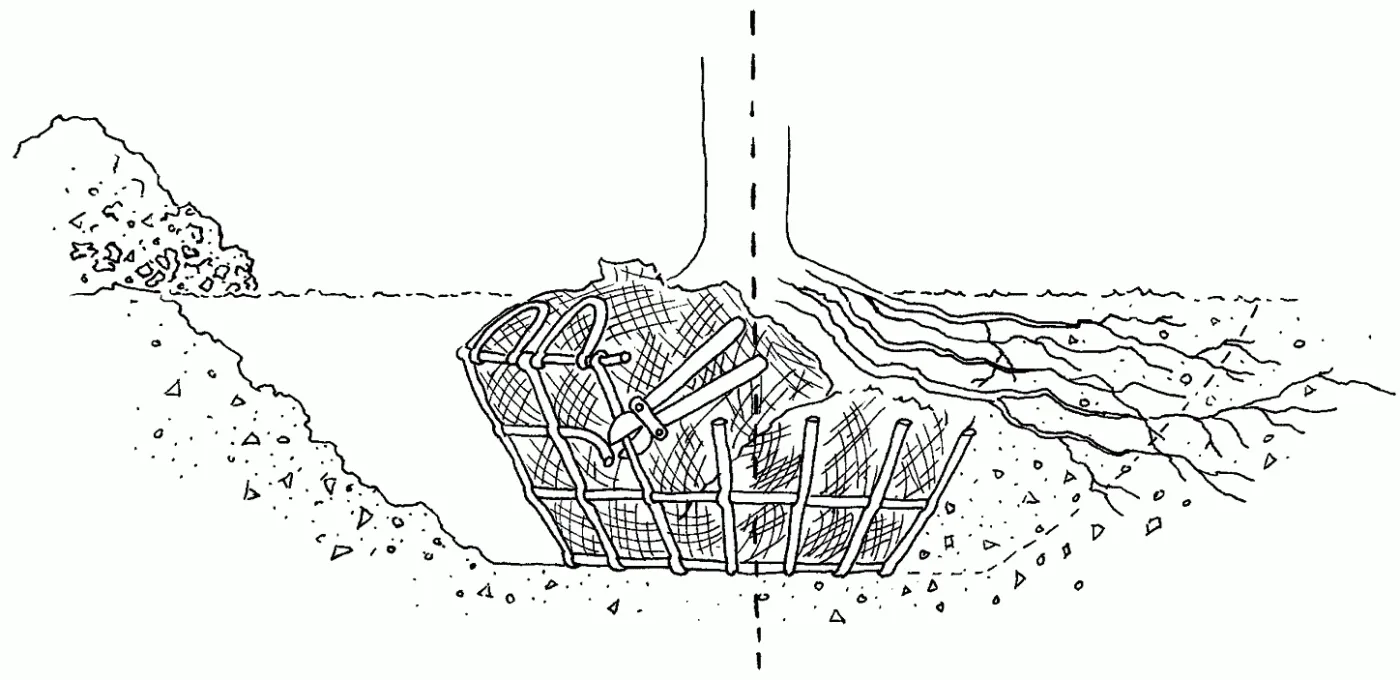Spring has sprung, and our schedule is filling up fast with homeowners seeking our help to jazz up their outdoor living spaces. To lend a helping hand, we've gone through our archives of past outdoor living projects and asked our team to choose their favorite ones and share some before-and-after pictures to help inspire our clients.
Landscape Design
Landscape design is undoubtedly one of the top-voted outdoor living projects, and for good reason. A well-designed landscape can transform a plain and boring yard into a beautiful and functional outdoor living space.
With careful planning, you can include areas for outdoor dining, gardening and relaxing. Landscape design can also incorporate sustainable practices, such as using native plants, conserving water, and minimizing chemical usage.
With its numerous benefits, it's no surprise that landscape design is a popular choice for those looking to enhance their outdoor living spaces.
Check out our top 5 Landscape Design projects:
- Lawn Project Spotlight: Haile Plantation Landscape Renovation - The client contacted us after purchasing a house with overgrown landscaping that did not meet the landscaping requirements of Haile Plantation. The plants and original landscaping were outdated and so overgrown that a complete removal was necessary, and we had to start from scratch.
- Project Spotlight: Curb Appeal Makeover - After constructing a new home in the Lugano subdivision, the client was dissatisfied with the landscaping on the side of their property.
They requested a fruit tree for seasonal fruit, a focal point plant outside their window, the use of vibrant colors for curb appeal, and the addition of boulders to the design for a textured effect.
- Project Spotlight: Landscape Renovation - For years, our client had been planning to construct their ideal home and desired an entertainment area off their back porch.
Specifically, they wanted a space that included an outdoor kitchen, fire pit, patio, a blend of boulders and pavers, screening for an outdoor shower, and a spot for an industrial-style "Stock Tank" pool.
- Outdoor Living Makeover: Paver Patio, Gas Firepit, Herb Garden, and Waterfall Feature - This homeowner was captivated by a water feature they had seen in a Jacksonville landscape and wanted to replicate at their new home.
In addition to the water feature, they had other desires, such as an all-inclusive space for a hot tub, a natural gas fire pit, and a herb garden.
We were thrilled to have met all of their requirements and even more excited that we exceeded their expectations!
- Elevated Outdoor Living: Enhanced Gainesville Backyard with Deck Replacement and Raised Living Space - This client called us because she did not like the small wooden deck that came with her house. She also wanted to have an open design with space for a hot tub in the future. She installed retractable screens and our team installed a beautiful paver patio with steps to reach her backyard.
We used thin pavers to go over her patio inside the screen that matched the larger pavers on the exterior area to make the entire back patio come together into a beautiful space for entertaining.
To top it off, we added landscape lights to keep it looking appealing and safe in the evening as well.
We take pride in our landscape design skills, and it shows in the remarkable transformations we've achieved for many homeowners' outdoor living spaces.
As the demand for outdoor living spaces is still on the rise, take a cue from these projects and let them inspire you to create your own dream outdoor space.
Don't hesitate to reach out to us and let's collaborate on making it a reality!












